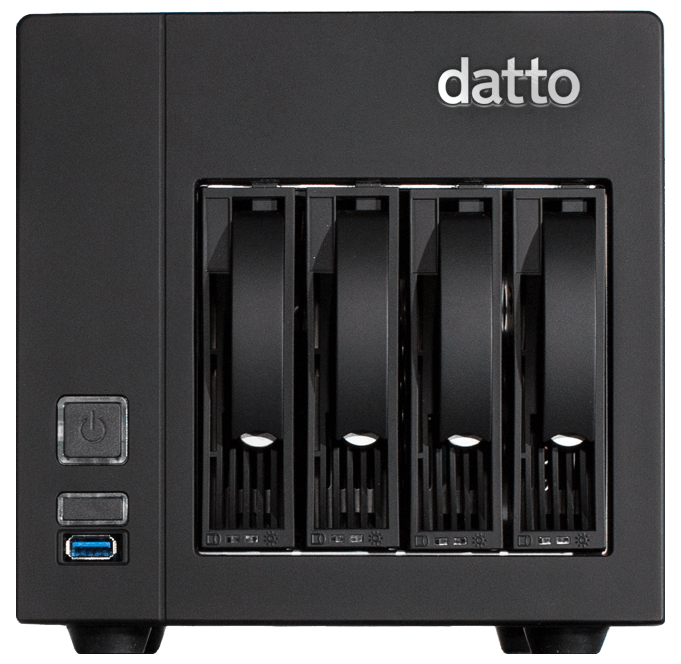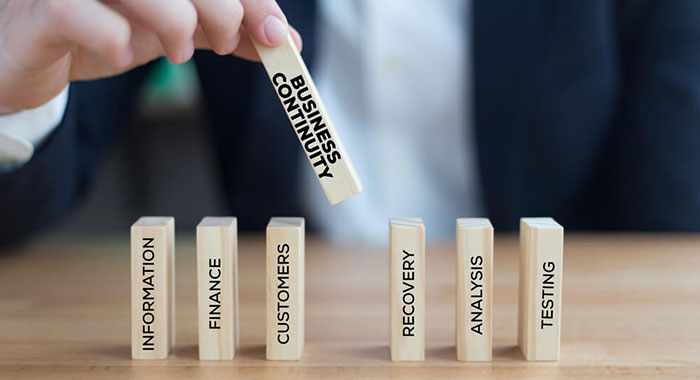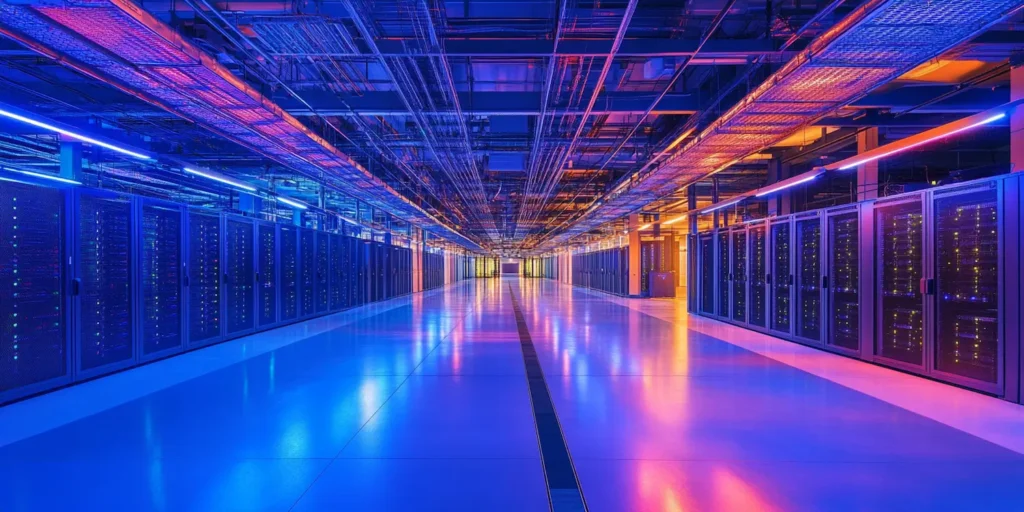BCDR means your company can quickly return to operation if a major or minor event affects your business.
Many business owners believe their organization is protected from disruption because critical data are backed up to the cloud.
If a local file is deleted, overwritten, corrupted, or locked by ransomware, the most recent copy can be easily downloaded from a cloud backup storage location. File backup is essential, but it’s table stakes.
But What About Backing Up Applications?
Some of the data files that are backed up regularly may be databases. Databases depend on applications running on servers to be helpful to the business.
In other words, database files are useless without the servers and programs running them.
QuickBooks Enterprise and Microsoft Exchange Server are examples of database applications. ERP and MRP databases such as Sage 100 and SYSPRO are also examples.
Your business may have custom in-house software written to address your company’s unique business requirements.
What would happen if employees could not sign into applications like these for days or weeks?
It would likely cost the business money. It’s mainly a question of how much money.
That’s where Business Continuity and Disaster Recovery come in. BCDR is both a plan and an enabling technology. I’ll get to the technology part later.
To explain why a plan is needed, let’s divide BCDR into two components: business continuity and disaster recovery.
Business Continuity – The BC in BCDR
Let’s say that most of your employees typically interact with your organization’s database programs while at a desk in the office.
In a software sense, “continuity” means that employees can keep working if there’s a disruption to this usual way of interacting with programs. Core business functions will still be operational.
Here in California, a state with natural and man-made disruptions that include PG&E public safety power shutoffs, businesses must continue operating when employees cannot work at a desk in the office and access resources on the company’s network.
If employees can’t work from the office, the plan should be for employees to be able to continue to sign in and work on these applications from somewhere other than the office.
The need for a business continuity plan could be driven by the possibility of a seemingly minor short-term event, such as a power outage.
Disaster Recovery – The DR In BCDR
When most of us think of disasters, we think of large forces of nature that cause widespread problems.
However, a disaster specific to a single business could be a stolen server, a crashed hard drive, or even a drive encrypted by a hacker who then demands a ransom.
In software terms, “recovery” implies that something was rendered permanently non-functional and needs to be rebuilt or reconstructed from scratch.
Regardless of the type or magnitude of a disaster, recovery may mean buying new servers and restoring them to their state before the damaging event occurs.
This is where having only backups of database files may mean a multi-day recovery. The operating system must be reinstalled and patched on each server with the latest updates.
Applications need to be reinstalled and patched with updates. Security software needs to be reinstalled. The database files have to be restored. All of this may not always go smoothly:

Part of a disaster recovery plan is to set up an efficient way to fully restore one or more servers. Ideally, current copies of old server information could be copied to the new server or servers.
View our 9-Point Disaster Recovery Checklist PDF
A Technological Solution
Now that we’ve briefly conceptualized the plans, let’s examine how technology can support them.
The technological solution involves having up-to-date, virtual copies of servers both locally and in a remote location.
Information from servers is continually streamed to an in-office appliance that contains virtual copies of those servers. The same information is, in turn, streamed to a cloud location.

The continuity part is that employees can securely connect to a virtual desktop via the internet from any location if there is a disruption.
Business applications like QuickBooks are served to each authorized employee through an internet connection.
The recovery process is faster when new servers are restored to their former states in a single imaging process instead of assembling each server’s software components from the ground up.
With today’s BCDR solutions, organizations can minimize disruption to business operations.


